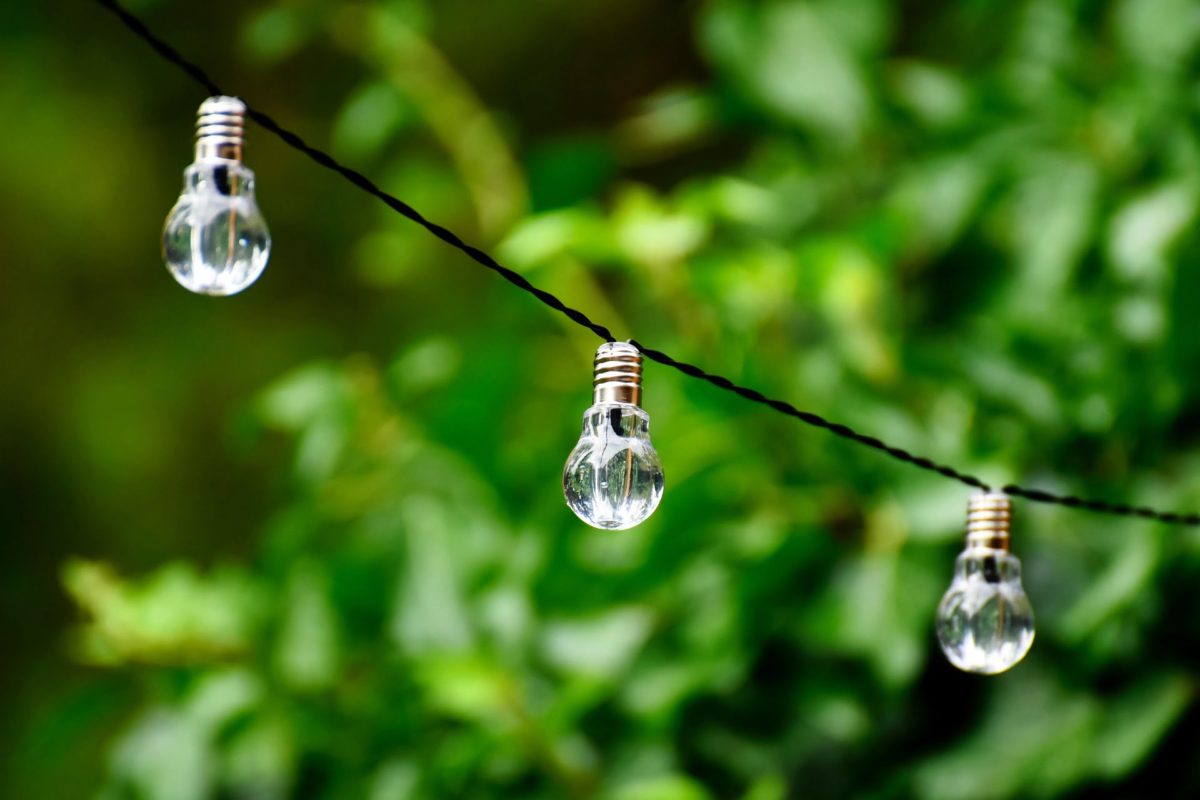
Myths have been around since storytelling became commonplace, channeling the power of the spoken word in a bid to explain a natural or social phenomenon to which we are all privy. When the stories become attached to such important issues as the state of our current environment or our planet’s future prospects, however, tools like social media become particularly influential in the spreading of ‘fake news’. Packaging. Sustainability. Plastic. Wildlife. They all seem connected, but perhaps not in the way you think. Plastic packaging is inherently unsustainable, which is what kills wildlife, right? As with many things, it isn’t that simple. Join us for a whirlwind Wipak tour of four packaging myths that need a little nuancing.
1. Plastic bags = the bane of humankind
Our first stop leads us to an encounter with public enemy number one: plastic bags. Supermarkets aim to deter us from using them through additional charges; environmental channels produce immersive content to show us how animals feel trapped inside them, and figures nearing £10 million are bandied about when estimating how much is spent annually on clearing them from our oceans. Rather than exacerbating the ‘plastic trash’ crisis literalized so vividly by National Geographic, Wipak’s circular economy fights back with sustainable packaging solutions that maximize the potential of recycled materials. However, for all their bad press, plastic bags are also 100% recyclable, require 4 times less energy to manufacture than paper bags, generate 50 times less water pollutants and 70% less carbon emissions than paper bags, and only contribute to 1% of the total waste found in landfill sites worldwide. So are they really that bad? Well, when considering environmental impact beyond litter, it has been shown that a cotton bag would have to be used a huge number of times before it became close to the as energy-efficiency of at as a single-use plastic bag, often contributing to a larger carbon footprint in the process.
2. Biodegradable or compostable packaging = sustainable
Biodegradable and compostable packaging manufacturers often claim that their products are more sustainable than plastics because they are made from plant-based materials that decompose naturally. To describe any product as ‘compostable’, it must break down in less than 12 weeks under composting conditions. These conditions are dictated by industrial composters, which need to reach temperatures of around 60°C to process the material, whilst allowing enough moisture for the decomposing microorganisms to remain active. One major problem is the shortage of industrial composting facilities within any given country, leading much of this material to end up in landfill, where it contaminates food waste. As for the difference between biodegradable and compostable, materials used for compostable packaging do not produce toxins as they decompose and must meet the requirements mentioned above. Biodegradable packaging, on the other hand, has no fixed timeframe for breaking down. Brands often play on this confusion to promote a friendly green image, so try and think about what their packaging is really telling you before making your next purchase.
3. Shrink-wrapping vegetables = a waste of time
The image of a plastic-wrapped cucumber has been denounced as a symbol of overpackaging. If an apple and potato can go naked, then why not a vegetable lauded for its cooling properties? In short… it’s because its life gets cut short. Research has shown a packaged cucumber lasts more than three times as long as an unwrapped one. An exposed cucumber loses 3.5% of its weight through evaporation in just 3 days, compared to 1.5% in 2 weeks for its packaged counterpart. A longer shelf life leads to fewer deliveries and the energy and transport costs associated with them, alongside less waste, meaning packaging plays a crucial role in reducing a product’s carbon footprint. Public association of plastic with unsustainability is key when brands consider different materials to reduce the environmental impact of their packaging, as well as the overall cost to the company.
4. Sustainable packaging = an added cost for brands
It seems appropriate to end our tour with a look at the real cost of sustainable packaging for a brand. The figures indicate that ⅔ of people are willing to pay more for a sustainably-packaged product, indicating that an eco-friendly stamp of approval could go a long way to improving sales. Whilst customer numbers increase, sustainable packaging could in fact lead to fewer materials used and thus less money spent on them, creating a win-win scenario for the company provided the correct materials are selected. Eye-catching designs and textures can actually be created from moulded pulp, which is itself a product of recycled waste. Techniques like embossing also don’t require inks, whether soy- or petroleum-based, meaning brands can bestow a premium feel on typically bland products with just a large plate and some added pressure. Wipak hopes to contribute to this ‘less is more’ approach by formulating sustainable packaging solutions that meet our clients’ and consumers’ needs. We build our designs on truths rather than myths.